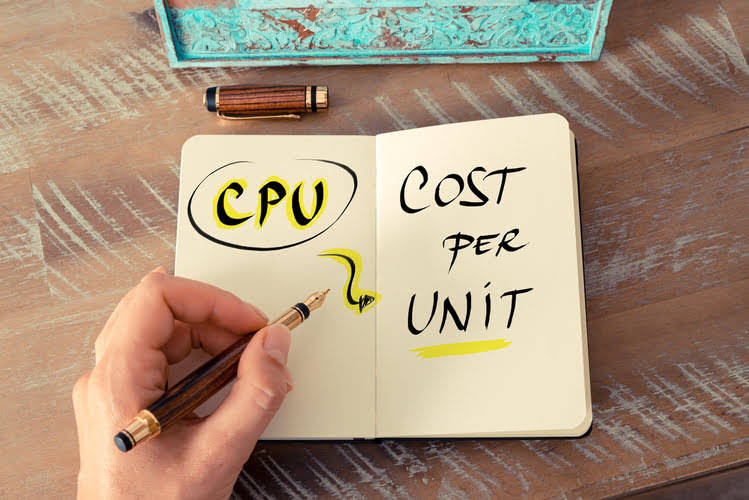Contribution Format Income Statement: Definition and Example
In this article, we shall discuss two main differences of two income statements – the difference of format and the difference of usage. Variable costs are not consistent and are directly related to the product’s manufacture or sales. They tend to increase as a company scales products and decrease with production. COGS only considers direct materials and labor that go into the finished a contribution margin income statement shows: product, whereas contribution margin also considers indirect costs.
Costs at Lowe’s Companies, Inc
In short, understanding variable costs and how they relate to the contribution margin is key for any business. It’s one of the performance indicators that can tell you a lot about how well the business is doing, which products are worth selling more of, and how to avoid losing money. This helps the business make smart decisions about pricing, what to sell, and how to manage costs. As noted, the contribution margin income statement is a statement of a company’s costs or expenses, regardless of whether they are used to produce goods or provide services. Meanwhile, variable expenses include raw materials, commissions, loan interest, etc.
Determining Variable Expenses
Earnings Before Interest and Taxes (EBIT) is the company’s net income before applying taxes and interest rates. Contribution margin income statements are useful barometers for businesses on whether clear skies are ahead or if they need to hunker down for a storm. It’s also a cornerstone of contribution margin analysis, giving enormous insight into a business’s overall financial position.
Contribution income statement vs. traditional income statements
Traditional income statements separate costs by production (COGS) and administration (SG&A), each of which may be a mix of variable and fixed costs. The contribution margin income statement shown in panel B of Figure 5.7 clearly indicates which costs are variable and which are fixed. Recall that the variable cost per unit remains constant, and variable costs in total change in proportion to changes in activity. Thus total variable cost of goods sold is $320,520, and total variable selling and administrative costs are $54,000. These two amounts are combined to calculate total variable costs of $374,520, as shown in panel B of Figure 5.7. This means that the contribution margin income statement is sorted based on the variability of the underlying cost information, rather than by the functional areas or expense categories found in a normal income statement.
A contribution margin income statement varies from a normal income statement in three ways. First, fixed production costs are aggregated lower in the income statement, after the contribution margin. Second, variable selling and administrative expenses are grouped with variable production costs, so that they are part of the calculation of the contribution margin. And finally, the gross margin is replaced in the statement by the contribution margin. Contribution format statements separate expenses into fixed and variable costs.
As a business owner, you’ve likely prepared a traditional income statement, with the usual line items for revenue and expenses, with net income on the bottom line. Conversely, industries with less automation, higher labor requirements, and higher material costs would have much lower variable-costs than fixed-costs. This distinction is important to both management and external users because fixed-costs are constant and variable-costs can change with the overall production levels. Variable costs probably include cost of sales (the cost of goods sold) and a retained earnings portion of selling and general and administrative costs (e.g., the cost of hourly labor).
Subscribe to Taxfyle
EBIT provides an overall view of the company’s profitability level, whereas contribution margin looks at the profitability of each individual service or product. The contribution margin provides the profitability of each individual dish at a restaurant, whereas income would look at the entire restaurant’s overall financial health. Contribution Margin Statement – Highlights variable vs. fixed costs and shows contribution margin. One good example is Apple’s profit margin for the iPhone 13 which stood at 20%. It cost Apple around $526 to Accounts Receivable Outsourcing manufacture the iPhone 13, which sold for $800. After factoring in additional expenses like marketing, research and development, and administrative costs, Apple earned an approximate profit of $161 per unit.
Understanding the Impact of Variable Costs
- Traditional income statements separate costs by production (COGS) and administration (SG&A), each of which may be a mix of variable and fixed costs.
- The two expense categories may contain both fixed and variable costs, which is why it can be useful to separate them using a contribution format statement.
- Variable costs probably include cost of sales (the cost of goods sold) and a portion of selling and general and administrative costs (e.g., the cost of hourly labor).
- It’s used in making big decisions, like how to price products and how much needs to be sold to keep the business healthy.
- The fixed-costs would still remain, however, creating a loss for the year.
Just like many financial statements and sheets, contribution statements can be created manually (i.e., using conventional paper-based documentation methods) or automatically (i.e., using automated ERP software). This operating income shows pre-tax profit, a positive signal to investors interested in investing in such a company. That means 63% of your revenue is available to cover fixed expenses and profit.







